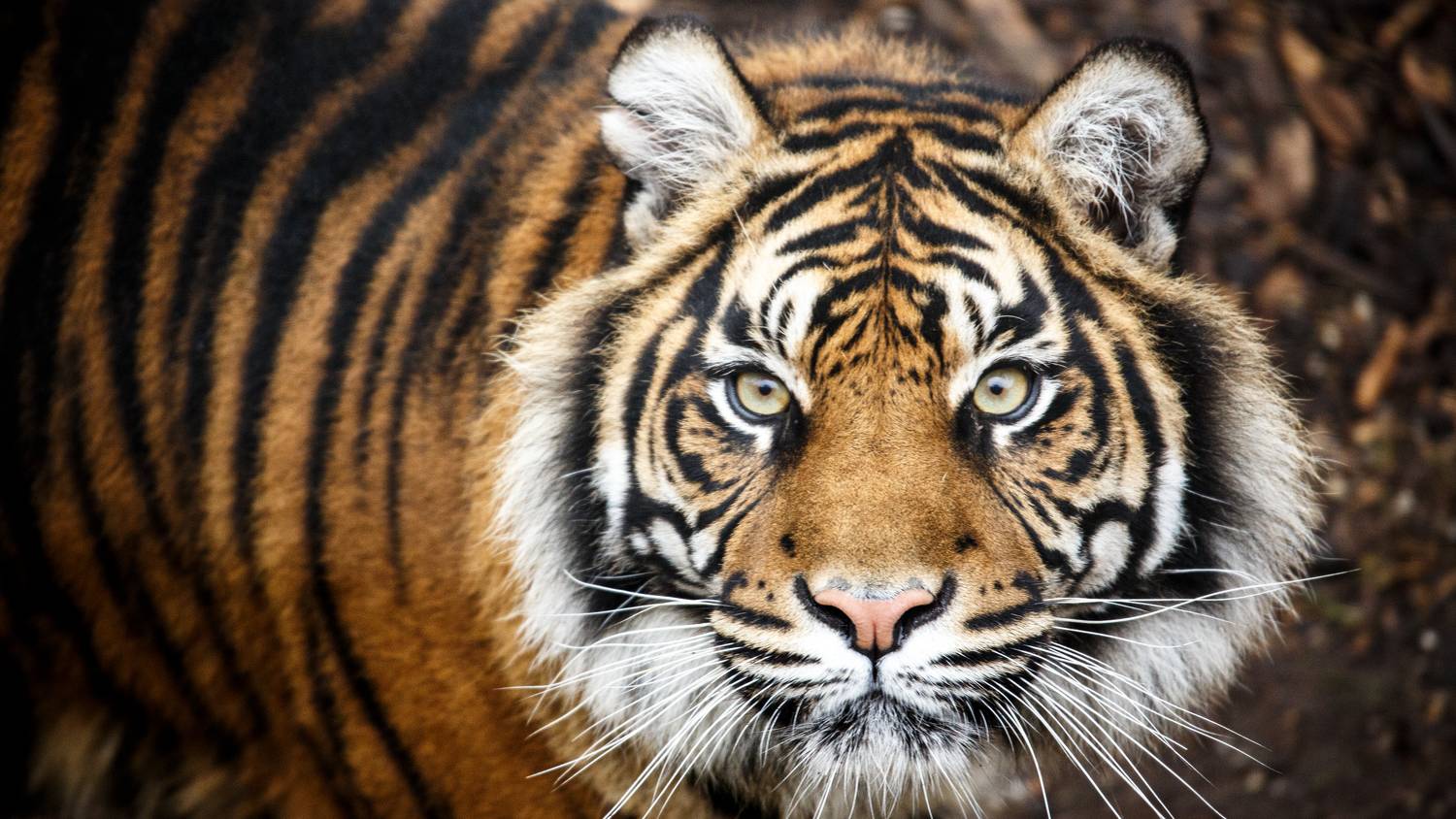For the first time, the general public was able to meet the world’s only captive brown giant panda during a test of a new science park in Xuxi County, Shaanxi Province, China. The giant panda is the rarest species of bear on Earth. Today, only about 1,600 giant pandas live for free
Visitors were able to learn more about Chi Sage, a 12-year-old male giant brown and white panda who lives at the Pandling Research Center in Dueling. The brown panda or Doling Giant Pandas (Ailuropoda melanoleuca qinlingensis), which may be the result of a genetic mutation or atavism, is very rare, it only occurs in the Qinling Mountains.The world’s first brown giant panda was spotted in the Qingling Mountains in 1985 and has only been seen so far for the tenth time. In mid to late April, at an altitude of 2000 meters in Suzhou County, at the mouth of the Tyre River, a sample was recorded by an infrared camera.

The brown giant panda was recognized in 2005 as a subspecies of the giant panda as Ailuropoda melanoleuca qinlingensis.
Doling panda’s skull is smaller and rounder, the nose is shorter and has less hair than the well-known Sichuan breeds. It is dark brown or light brown in color, not black and white.
The science park, set up at the foot of the Qingling Mountains, aims to protect and promote four species of rare animals that live in the mountains, including the brown giant panda, the nipponibis, the golden cercopha and the takin (goat-shaped goat – a mammal) Horned).
The giant panda is the rarest species of bear on Earth. Today, only about 1,600 giant pandas live for free. Their ancestors were indigenous even in most of southern China, northern Burma and Vietnam. Giant pandas almost have no natural enemies, and the only danger to them is humans.
Due to deforestation that has affected large areas, giant panda habitats have been reduced by nearly half in the past 20 years.
(MTI, Origó)












































